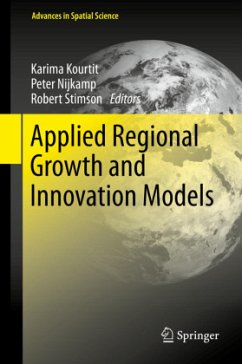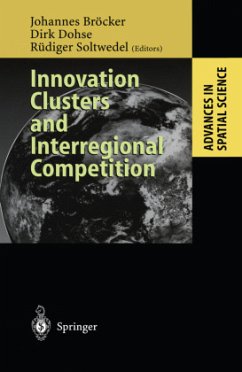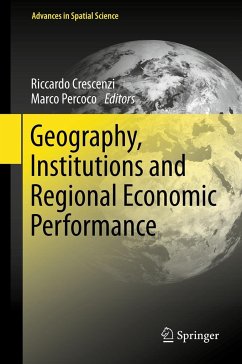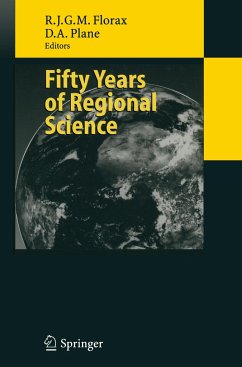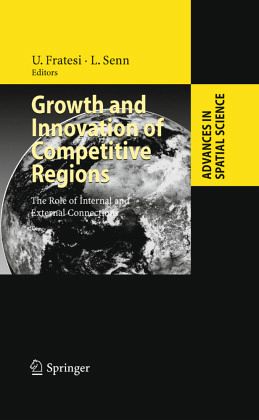
Growth and Innovation of Competitive Regions
The Role of Internal and External Connections
Herausgegeben: Fratesi, Ugo; Senn, Lanfranco
Versandkostenfrei!
Versandfertig in 6-10 Tagen
113,99 €
inkl. MwSt.

PAYBACK Punkte
57 °P sammeln!
This volume investigates the dynamics of regional performance in advanced countries and the mechanisms that allow some regions to grow more rapidly than others, to become and remain more competitive in the long run. The authors show how the capability of regions to innovate is enhanced by a large number of factors, including entrepreneurship, clustering, creativity, new technologies, human capital and the presence of internal, intra-regional, and external, extra-regional, connections. The book is mainly theoretical, but all chapters also analyze the policy consequences. Moreover, the empirical results reinforce the theoretical findings and as such are more broadly applicable and not bound to the specific case. The general reach of the theoretical arguments, and the focus on policy consequences, make this book helpful for both scholars and policymakers.
Time Time b a Space Space Time Time c d Space Space Fig. 1 Different possible scales for growth and innovation analyses spatial dimension, the sectoral dimension and the time dimension are represented. In Fig. 1a, regional developmentanalyses are revealed, where the economyis sliced vertically into regions and their dynamics are investigated. The study of the evolution of industries, typical of evolutionary industrial e- nomics, is represented in Fig. 1b, where the economy is divided horizontally into sectoral slices. This approach has progressed considerably in recent years (see Malerba 2006, for a recent survey). Modi?cations of industries have important spatial implications, which however are not normally at the core of these ana- ses even though spatial patterns of innovation differ greatly from sector to sector (Breschi 2000). Our approach operates in the manner of Fig. 1a and we will focus on regions, extending the analysis to industries only where this is regionally and structurally relevant. Hence, the approach in the book belongs to the tradition of regional development theories, but, in contrast to the more traditional analyses, we will not consider the region as an economic unit per se. Rather, interactions between and within regions are very relevant to the performance of individual regions in an integrated world and will be at the core of the analyses of the following chapters.








